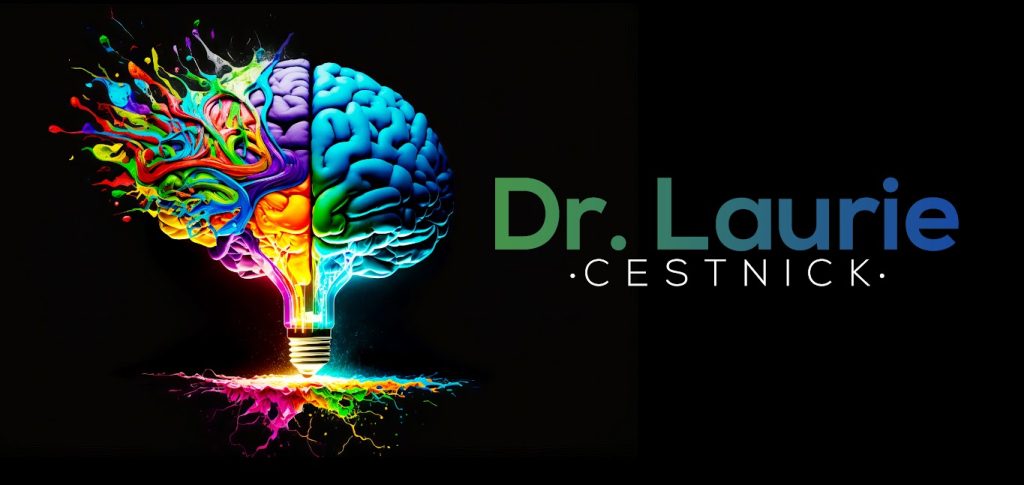
The past five years of my life were largely dedicated to patients with traumatic brain injuries and comorbidities such as PTSD, depression, pain concerns, etc. TBI can occur from motor vehicle accidents, sports, falls, blasts/explosions (veterans), or other causes. Severity of TBI is often related to loss of consciousness or coma vs not, but even when a patient is told their TBI is mild, it can impact life in severe ways and be difficult to contend with. When symptoms persist (sensory, memory problems, headaches, inattention, etc.), we refer to that as post-concussion syndrome (PCS). Symptoms of PCS require treatment.
Traumatic Brain Injury (TBI) and post-concussion syndrome are not easy for a person to go through, nor easy for the patient or their loved ones to understand.

I provide advanced neuropsychological assessments to identify and address brain-related concerns. With over 20 years of expertise, I help you understand your cognitive health and create strategies to improve daily function and well-being.